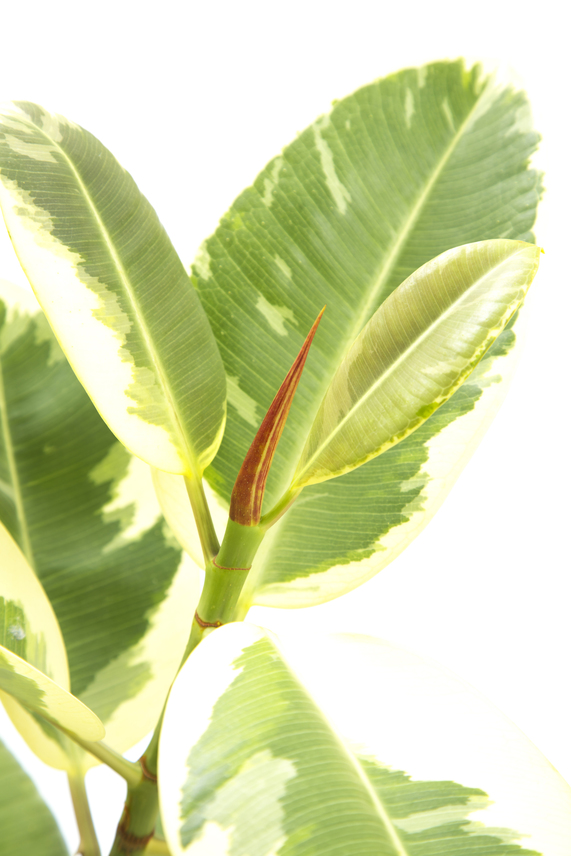Yes, rubber trees are a real thing, and yes, we have this incredible tropical plant to thank for all things rubber in the world. Who would’ve thought that trees and tires were actually distant relatives? And, appropriately enough, a rubber tree plant is known as a ficus elastica.
Where do Rubber Trees Come From?
As its name suggests, the rubber tree (scientific name: Hevea brasiliensis) originally came from the South American tropics, or Brazil to be more precise. Today, most natural rubber comes from the Far East region, while Russia and its former republics, France, Germany, and the United States are among the world’s leading producers of synthetic rubber. The world’s largest single source of latex rubber exists in Liberia, owned by a tire company, or Firestone to be exact.
How do They Grow?
While rubber trees sound amazing, they do require some patience when it comes to production: A rubber tree, also referred to as rubberwood, can’t actually be tapped for latex until it reaches around six years of age. Rubber trees have soft wood; high, branching limbs; and a large area of bark. The milky liquid (latex, which in of itself is used for a whole slew of items) that oozes from any puncture made to the tree bark contains about 30 percent rubber, which can be coagulated and then processed into solid products, including rubber tires.
In order to reproduce, the fruit of the rubberwood burst open when ripe, scattering its many seeds in an area spanning up to 100 feet from the tree. It’s only after a lengthy series of processing that the tree is capable of producing different types of rubber used by various industries all over the globe, including the commercial, medical, transportation (translation: tires) and defense industries.
Growing Your Own Rubber Tree
Rubber trees don’t just exist in the tropics; they are actually often cared for right inside people’s homes! The rubber tree is attractive, relatively easy to care for, and is a great conversation piece.
When it comes to rubber plant care, the correct ratio of water and light is crucial, so reading up on proper plant care is a good idea. If you live in a region that is especially arid or humid, additional temperature and environmental adjustments may be required. Regardless, it’s recommended by most that you start with a young or small tree houseplant. If you play your cards right (using that green thumb of yours!), your rubber tree could grow up to 50 feet tall!
One word of caution: There are various types of rubber trees, and a few of them are considered toxic to household pets. Indoor cats, more often than outdoor cats, are likely to be tempted to chew on a rubber tree, usually out of boredom or idle curiosity. Young puppies are also at high risk for wanting to get a taste of the rubber plant’s leaves. So keep the plant out of your furbabies’ reach and you should be okay.
